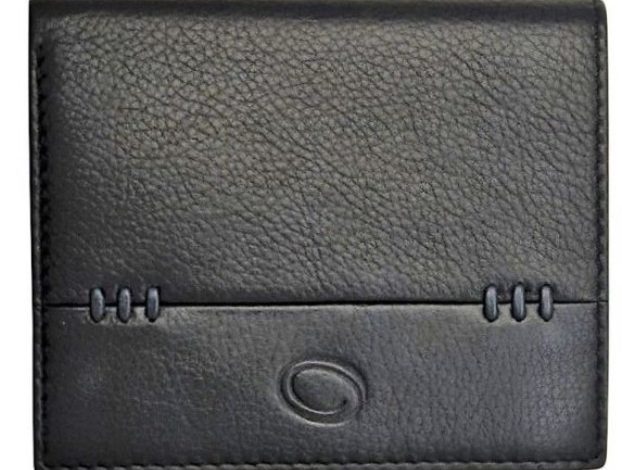
Leather processing is a labor-intensive and complex production process, which includes more than 40 stages of processing and transformation of organic raw materials into a natural product. Modern fashion trends require the use of innovative technologies in production, vast experience and knowledge. The final product must have properties such as abrasion resistance, rot and weather resistance, thermal load, transportability, elasticity, softness and attractive appearance. Globalization has not stopped at the leather industry, which means that this industry is present and has a network all over the world.
Light industry – a set of industries that produce consumer goods from various types of raw materials. The light industry carries out both the primary processing of materials and the production of finished products. The enterprises of the industry also produce products for industrial and special purposes, which are used in furniture, aviation, automotive, chemical, electrical, food and other industries.
The light industry combines several sub-sectors:
- textile;
- sewing;
- leather;
- fur;
- shoe.
Judging by the fall-winter 2022 collections, next season we will have to wear leather from head to toe. Everything can be made from leather. Leather shop in Singapore will help you with leather wallets for men, leather shoes for women and men and also leather bracelets which are very popular.
But what about those who care about the environment and support the idea of reasonable consumption? We tell you how to combine business with pleasure.
Wear faux leather.
Since its founding in 2001, the Stella McCartney brand has followed its main rule: “No real leather, fur or feathers.” That is why bags and shoes are sewn, for example, from a material called altar-nappa. It is faux leather made from a blend of polyester and polyurethane with a backing made from recycled polyester. In this way, the company not only takes care of the animals but also reduces greenhouse gas emissions and water pollution, which are side effects of leather production. Today, Stella McCartney is not alone in their pursuit – now more and more brands are moving away from the use of genuine leather.
New York-based brand Orseund Iris has cool vegan leather bracelets and jackets, while Ukrainian brand Ochi has caramel trench coats in its collections. Shirts, trousers, mini-dresses and slippers by the Hungarian brand Nanushka look like they are made of genuine leather – the quality of the material is so high. By the way, all these things can be washed in a typewriter at 30 degrees. Designer Sandra Sandor, an alumnus of the London College of Fashion in Budapest, launched Nanushka in 2006, and sustainability has always been a priority for her.
Choose leather dyed with natural dyes.
Using natural dyes to dye leather instead of toxic chemicals that typically include chromium, cyanide, mineral salts and formaldehyde is a step, albeit a small one, towards greener production. Some designers are already actively using this approach when creating their collections.
One of the main favorites of modern fashionistas, the Mansur Gavriel brand, founded by Rachel Mansour and Floriana Gavriel, released the Brandy bag in 2014, which became an instant bestseller. In its tailoring, leather dyed with vegetable paint is used. Over time, according to the same principle, designers began to make other products, including clothes and shoes. Amsterdam-based brand Wandler, after the success of its eco-friendly Hortensia bag, decided to completely abandon non-natural dyes.
Look for things made from recycled materials.
For many young designers, following the principles of sustainable fashion is the number one task, and they solve it in different ways. For example, they use the leftovers of production to create new things. “I made my bags from recycled leather, which I collected in factories where the world’s leading brands are made,” says Central Saint Martins alumnus Patrick McDowell. “There are a lot of chemicals used in the leathers industry, and when these residues are simply thrown away, they cause even more damage to the environment. Recycling leathers allow you to at least partially get rid of such problems and at the same time reduce the final price of the product.”
Dutch artist and London Royal College of Art graduate Hendrikje Schimmel also uses old leather goods, shoes and bags to create new wardrobe items and art objects, which she exhibits under the pseudonym Tenant of Culture. “Usually I find the materials I need to work in thrift stores, eBay and city stores, then I take them apart and sew them back together,” says Schimmel. The final result looks very different from how many people imagine recycled clothes. “It can take four or five vintage bags to create one leather jacket,” says the artist.






